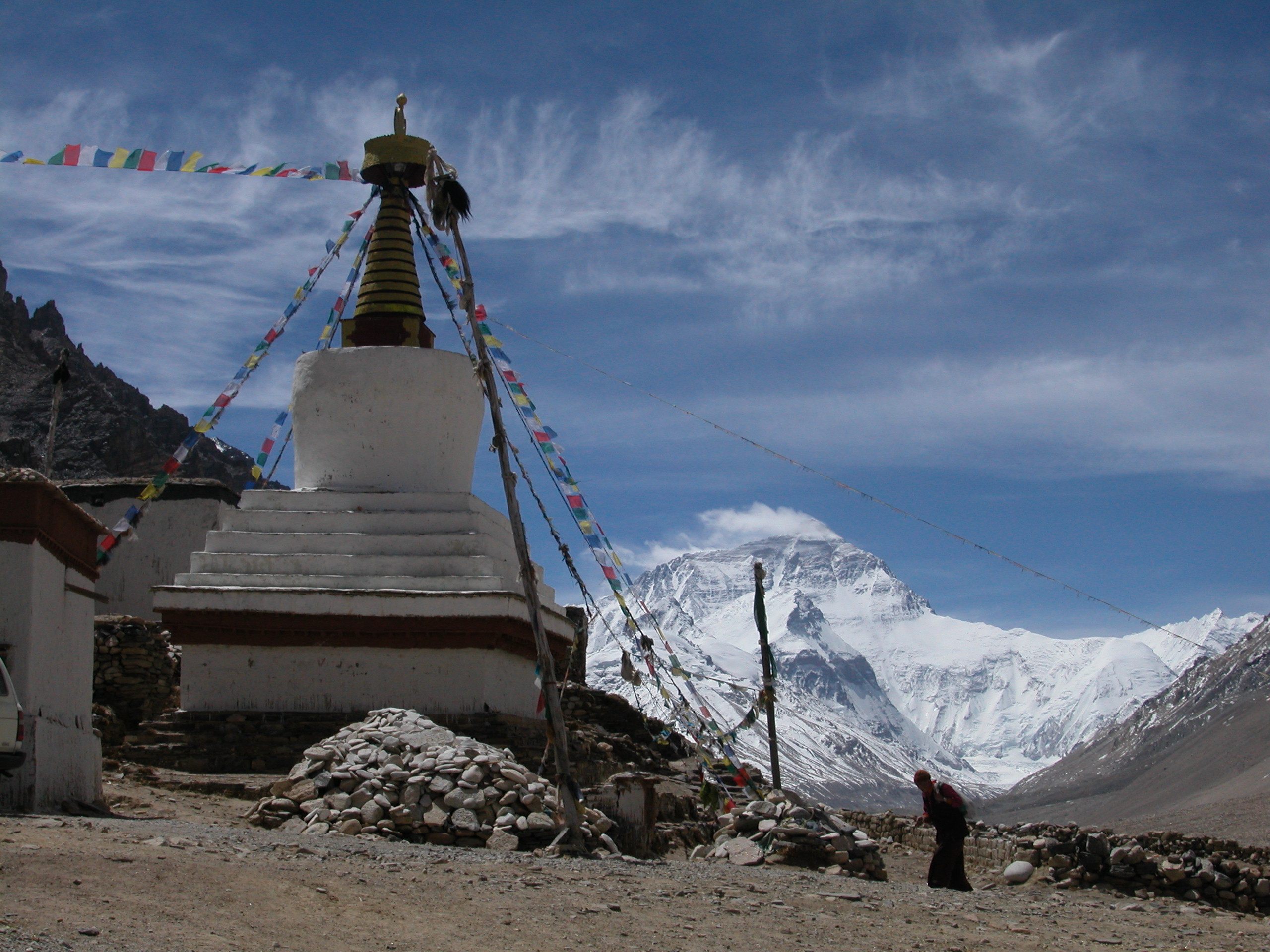Tibet: The Roof Of The World And A Sacred Himalayan Jewel
- what does that even mean? Well, it's a phrase that evokes images of a remote and mysterious land, nestled high in the Himalayas. Tibet is a place of stunning natural beauty, with snow-capped mountains, crystal-clear lakes, and lush valleys. It is also a place of great cultural and spiritual significance, home to the Dalai Lama and the Tibetan Buddhist tradition.

Tibet " Ga - Den " Tangka Sacred Silver Premium Coin From The Roof Of - Source numismaclub.com
Editor's Notes: "Tibet: The Roof Of The World And A Sacred Himalayan Jewel" have published today date. The reason we have to provide a well-researched article is that this topic is highly demanding these days, and our targeted audience who want to know about "Tibet: The Roof Of The World And A Sacred Himalayan Jewel" after reading our article gets all the solution in one article. So to fulfill the demand of our targeted audience, we put together this Tibet: The Roof Of The World And A Sacred Himalayan Jewel guide to help them make the right decision.
There are many reasons to visit Tibet. Whether you are interested in hiking, trekking, biking, or simply soaking in the breathtaking scenery, Tibet has something to offer everyone. And, of course, no visit to Tibet would be complete without spending some time learning about the Tibetan Buddhist culture. We have put together a comprehensive guide to help you plan your trip to Tibet.
Here are some of the highlights of our guide:
- We provide an overview of Tibet's history, culture, and religion.
- We offer tips on how to plan your trip, including how to get a visa, what to pack, and where to stay.
- We provide detailed information on all of the major tourist destinations in Tibet, including Lhasa, the Potala Palace, and Mount Everest.
- We offer advice on how to stay safe and healthy while traveling in Tibet.
We hope that our guide will help you make the most of your trip to Tibet. This is a truly special place, and we are confident that you will have an unforgettable experience.
FAQ
This section addresses frequently asked questions about Tibet, the "Roof of the World," to clarify misconceptions and provide further insights into its significance.

BHUTAN – The Himalayan Jewel | globejamun - Source globejamun.com
Question 1: What is the significance of Tibet's nickname, "The Roof of the World"?
Tibet is known as "The Roof of the World" due to its high altitude. The Tibetan Plateau, where most of Tibet is located, has an average elevation of over 4,500 meters (14,800 feet), making it the highest plateau in the world.
Question 2: What makes Tibet a sacred Himalayan jewel?
Tibet is considered a sacred place for several reasons. It is the birthplace of Tibetan Buddhism, which has had a profound impact on the region's culture and history. Tibet is also home to Mount Kailash, a sacred mountain revered by Hindus, Buddhists, and Jains as the abode of Lord Shiva.
Question 3: What are the unique characteristics of Tibetan culture?
Tibetan culture is distinct and vibrant. It is characterized by its emphasis on spirituality, with Tibetan Buddhism being a central aspect of everyday life. Tibetans also have a rich tradition of art and music, which have been influenced by both Buddhist and nomadic traditions.
Question 4: How has Tibet's history influenced its present-day status?
Tibet has a long and complex history. It was once an independent kingdom but has been under Chinese rule since the mid-20th century. This has led to tensions between the Tibetan people and the Chinese government.
Question 5: What are the current challenges facing Tibet?
Tibet faces a number of challenges, including environmental degradation, economic development, and political tensions. The Tibetan people are also concerned about the preservation of their culture and identity.
Question 6: What can be done to support Tibet?
There are a number of ways to support Tibet, including promoting awareness of its culture and history, advocating for Tibetan rights, and supporting Tibetan organizations.
By understanding these frequently asked questions, one can gain a deeper appreciation for Tibet's unique and significant place in the world.
Continue reading to explore the rich cultural tapestry of Tibet and its captivating history.
Tips to enhance your understanding of Tibet: The Roof Of The World And A Sacred Himalayan Jewel
Delving into the rich tapestry of Tibet requires a multifaceted approach. To maximize your comprehension of its history, culture, and spiritual significance, consider the following tips:

The Potala Palace: A Sacred Jewel Atop the Roof of the World – Amazing - Source amazingworld.wiki
Tip 1: Immerse in Tibetan Literature: Explore Tibet: The Roof Of The World And A Sacred Himalayan Jewel and other literary works to gain insights into Tibetan history, philosophy, and spirituality. Engage with renowned authors like Heinrich Harrer and Alexandra David-Néel to delve into the region's captivating story.
Tip 2: Explore Tibetan Art and Architecture: Discover the vibrant colors and intricate symbolism of Tibetan art. Visit monasteries and temples, marveling at the breathtaking murals, sculptures, and architectural wonders. Each piece embodies profound spiritual concepts and offers glimpses into Tibet's rich cultural heritage.
Tip 3: Embrace Tibetan Buddhism: Immerse yourself in the profound teachings of Tibetan Buddhism. Engage with local monks, attend spiritual workshops, and explore various Buddhist schools of thought. By delving into its principles of compassion, wisdom, and enlightenment, you can gain a deeper understanding of Tibetan spirituality.
Tip 4: Appreciate Tibetan Music and Dance: Experience the enchanting melodies and captivating dances of Tibet. Attend live performances or listen to traditional music albums to immerse yourself in the vibrant cultural expressions of this enigmatic region.
Tip 5: Learn Basic Tibetan Phrases: By acquiring a few basic Tibetan phrases, you can connect with locals and enhance your cultural exchange. Engage in simple conversations, showcasing your respect for the Tibetan language and traditions.
Tip 6: Respect Tibetan Customs and Traditions: As you explore Tibet, be mindful of the local customs and traditions. Observe appropriate etiquette, such as refraining from pointing at statues or touching religious objects without permission. Your respectful conduct will foster a harmonious encounter with the Tibetan people.
Tip 7: Connect with Tibetan Communities: Engage with Tibetan communities around the world to gain firsthand insights into their culture and experiences. Attend cultural events, visit Tibetan restaurants, and interact with Tibetan diaspora communities to deepen your understanding of their vibrant traditions.
Tip 8: Seek Professional Guidance: Consider enlisting the expertise of qualified tour guides or scholars to enhance your exploration of Tibet. Their knowledge and insights will provide invaluable context and enrich your overall experience.
By incorporating these tips into your research and exploration, you will gain a deeper understanding and appreciation of Tibet's multifaceted identity as the Roof of the World and a Sacred Himalayan Jewel.
Tibet: The Roof Of The World And A Sacred Himalayan Jewel
Nestled in the majestic Himalayas, Tibet holds a unique and revered position, attracting explorers and spiritual seekers alike. This sacred land exemplifies the interconnectedness of nature, culture, and spirituality, inviting us to delve into its captivating essence.
- Sacred Landscape: Pristine mountains, turquoise lakes, and vibrant prayer flags create a breathtaking canvas.
- Spiritual Center: Home to revered monasteries and ancient Buddhist traditions, Tibet exudes a profound sense of tranquility.
- Cultural Heritage: Colorful festivals, traditional arts, and unique customs showcase a vibrant cultural tapestry.
- Roof of the World: Perched at high altitudes, Tibet offers panoramic vistas and a chance to witness the grandeur of the Himalayas.
- Ecological Sanctuary: Diverse ecosystems harbor rare and endangered species, making Tibet a haven for nature enthusiasts.
- Humanitarian Concerns: Tibet's political and cultural landscape raises questions about human rights and the preservation of its unique identity.
The key aspects of Tibet intertwine seamlessly, offering a comprehensive tapestry of its sacred allure. From the stunning vistas that evoke a sense of awe to the vibrant cultural expressions that connect visitors with its ancient heritage, Tibet remains a testament to the profound beauty and spiritual significance that lie at the heart of humanity's relationship with the natural world. As we explore these aspects further, we gain a deeper understanding not only of Tibet but also of our own place within the interconnectedness of all things.

Sacred Himalayan sites bring together religious leaders - Source wwf.panda.org
Tibet: The Roof Of The World And A Sacred Himalayan Jewel
Tibet, a landlocked region in Central Asia, is known for its unique and captivating landscape, often referred to as the "Roof of the World" due to its high altitude. The region is also home to a rich cultural heritage, with a unique blend of Tibetan Buddhism and traditional practices. The connection between these two aspects, the physical and the spiritual, forms the essence of Tibet's identity.

Tibet - Source himalayanexpeditions.com
The high altitude of Tibet has significantly influenced the development of its culture and traditions. The harsh climate and rugged terrain have shaped the Tibetan people's resilience and adaptability. They have developed a unique set of cultural practices that are closely intertwined with their environment, such as yak herding, traditional medicine, and the practice of Tibetan Buddhism.
Tibetan Buddhism, a form of Mahayana Buddhism, has played a central role in shaping the spiritual landscape of Tibet. The region is home to numerous monasteries and temples, which serve as centers of religious learning and practice. Tibetan Buddhism emphasizes compassion, wisdom, and the pursuit of enlightenment, and these principles have permeated all aspects of Tibetan society, from art and architecture to music and literature.
The combination of Tibet's physical and spiritual attributes has made it a destination of great interest and reverence for centuries. Explorers, pilgrims, and scholars have traveled from afar to witness the unique beauty and cultural heritage of the region. Tibet's rich history, vibrant traditions, and breathtaking landscapes continue to inspire and captivate people worldwide.